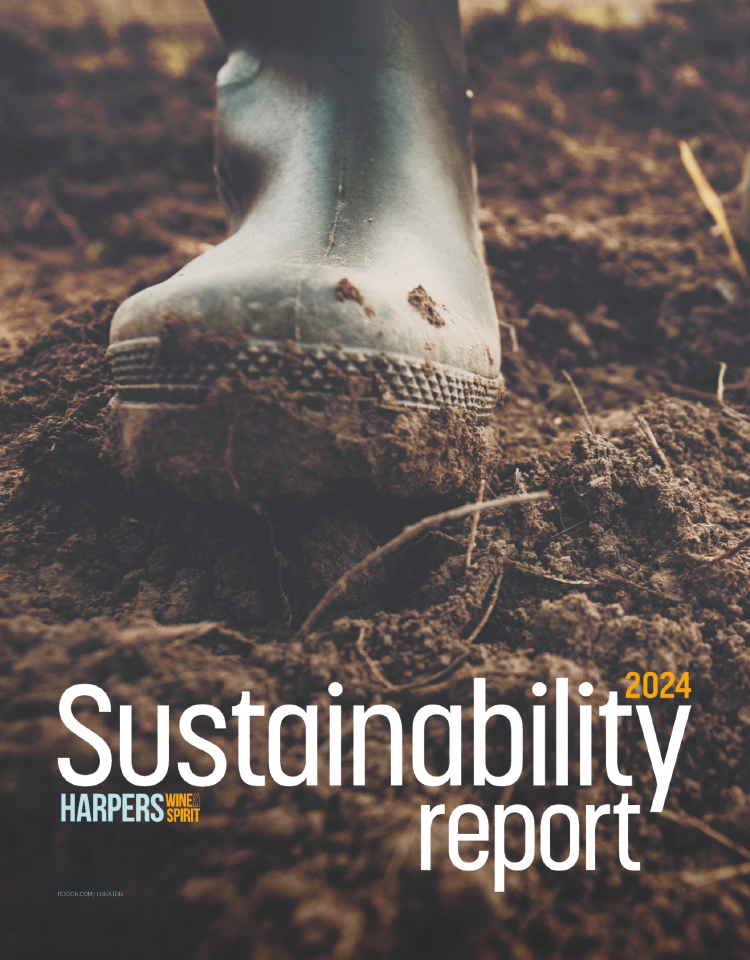The Interview - Jean-Louis Naveilhan, Head sommelier, Sumosan, and co-founder of Isak
Why the interest in sak?
I always used to think it was a spirit, served warm, but during the Tokyo Life event at Selfridges I ended up drinking sak almost every day, and after a month of this I had a totally different take. It's like wine really - it's fermented in the same sort of way and the terroir notion is very important. Premium sak should be chilled, not heated, and the best examples are comparable to grand cru class wines.
From the north to the south of Japan there are all sorts of different styles, made from 40 different types of rice. After the Selfridges event was over, I was frequently finding myself ordering premium sak direct from Japan because it wasn't available over here. This is why I decided to help set up Isak.
What is Isak all about?
Basically, it's about getting people interested in premium sak. When we started to put the first range together, we received 400 samples from all over Japan. We then went through each one and made a selection according to what we thought would work best with the European palate and food.
We ended up with five producers, representing all the different sak styles, from the light and delicate to full bodied to sweet, and so on.
Around half the saks in Sumosan now are from Isak, and in addition to working with Japanese restaurants we've also been trying to get sak recognised as a good match with Western cooking, through listings in places like the Fat Duck and Club Gascon. I think we have a really good image.
In your new Discovery menu you've likened the different saks to grape varieties. Do you really believe these similarities exist or does this just make the saks easier to sell?
They definitely exist. I don't actually say the rice is Sauvignon Blanc or Viognier, but in terms of style they are the closest comparisons. When I first started working here, people were asking for sak but they wouldn't have a clue which one to pick.
I had to find a way to help them - and the restaurant staff - understand the differences, and comparisons with grapes seemed to provide a general but accurate guide.
For example, the sak I've compared to Chardonnay is quite buttery, nutty and deep, with good ageing potential. This method of explanation is also a great time saver because people quickly grasp what I'm getting at and I don't have time to spend 10 minutes at every table describing a particular bottle. To give a full explanation for 30 different saks would be a full year's work.
Do you think this will be successful?
I already use this method to recommend wines - the Discovery menu is just putting it into words - and yes, it has been very successful. I started working here eight months ago; when I arrived there were 15 or 20 saks on the list and sales of premium sak were around 500 a month, with virtually nothing selling for over 30 a bottle.
Now sales have risen to about 5,000 a month - a fairly big increase. I've also started serving sak in wine glasses rather than the traditional shot glasses, and persuaded people to try it with food. Sak is very food friendly and I'm constantly working with the chef to try and come up with the perfect matches.
Can sak match food as well as wine?
Yes, and in some cases it works better. Akari sak, for example, is perfect with chocolate, and one of our most popular desserts is chocolate fondant. The sak really boosts the flavour - you can almost taste the cocoa beans.
People tend to associate sak with Japanese food only, but it goes really well with any juicy meat and fish, as well as vegetarian food. It's also really good for the health conscious, due to the low acidity and no sulphur dioxide.
I'm the first non-Japanese sak sommelier and it's really important to me that people start to try sak with all kinds of food. It's already huge in America - some restaurants have 200 or so listings - and I really want to help give sak the right image in the UK. I've set up a sak club here at Sumosan and I will train anyone who's interested in finding out more.
Is your job at Sumosan just as important as your role in Isak?
Absolutely. At the moment it's a bit of a Jekyll and Hyde set-up, because I work with Isak by day and Sumosan at night, but I'm going to start focusing on the restaurant a lot more in the coming months.
One of the things I really want to do with Sumosan is help take it to the next level, and maybe get a Michelin star. We've been here for four years and that's the general plan.
We're going to work on all the little details, even down to the uniforms, and train the staff to really know the food, wine, sak and cocktails.
Sumosan
26 Albemarle Street, London W1S 4HY
Tel: 020 7495 5999
Web: www.sumosan.com






